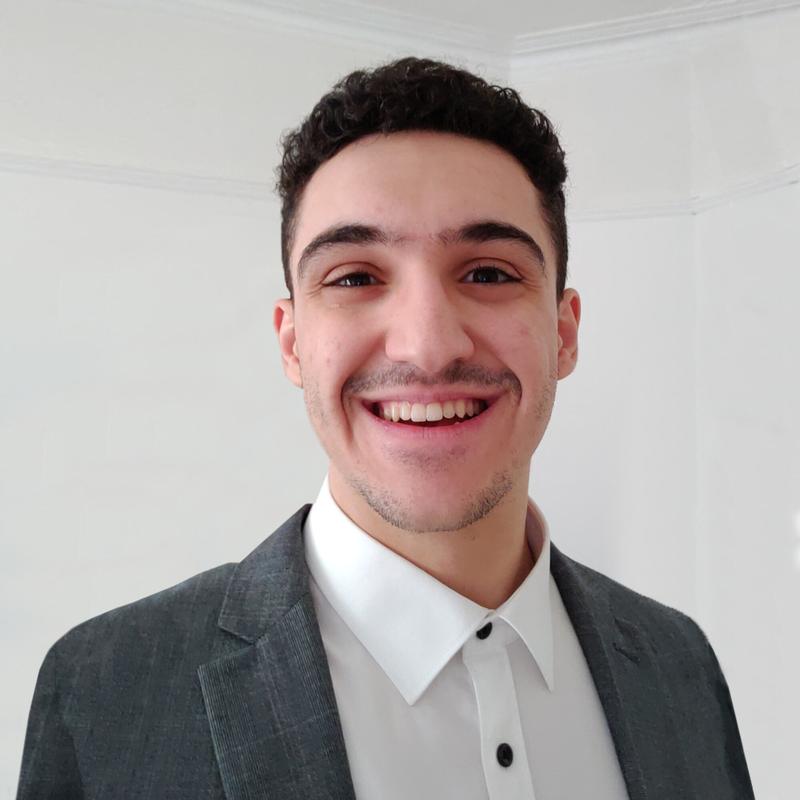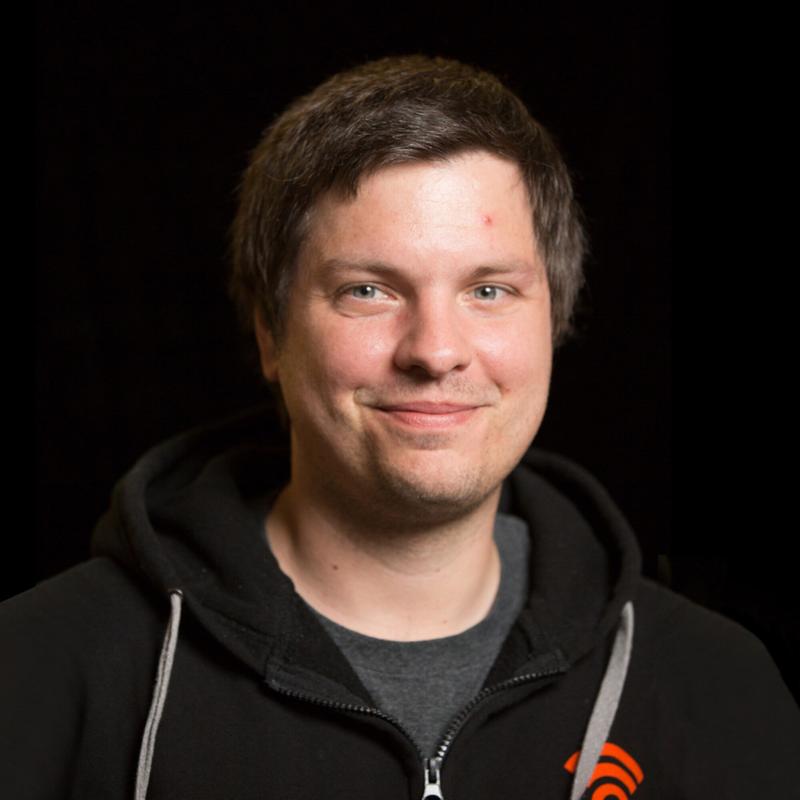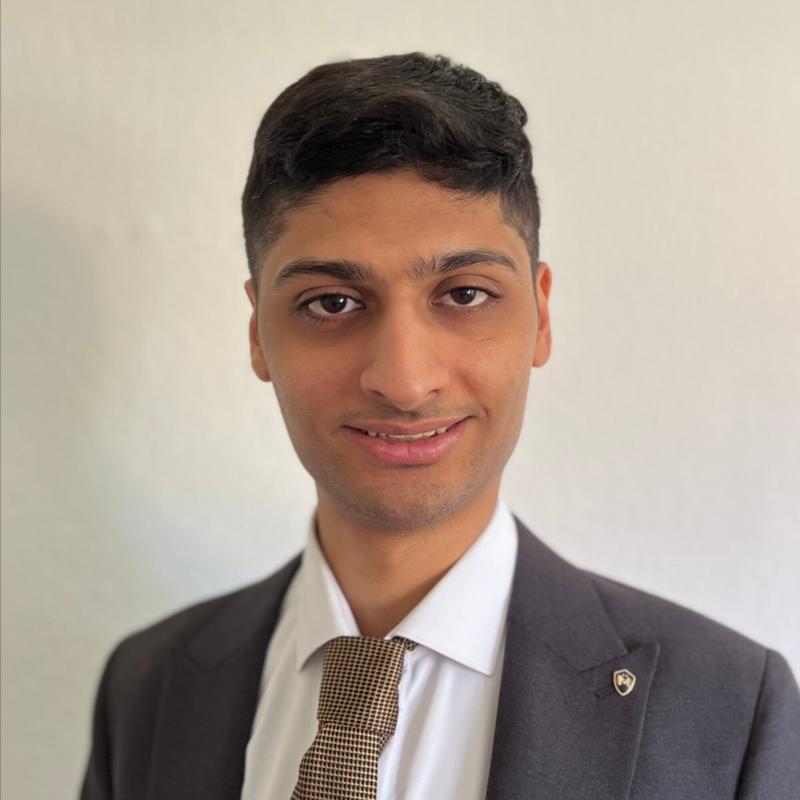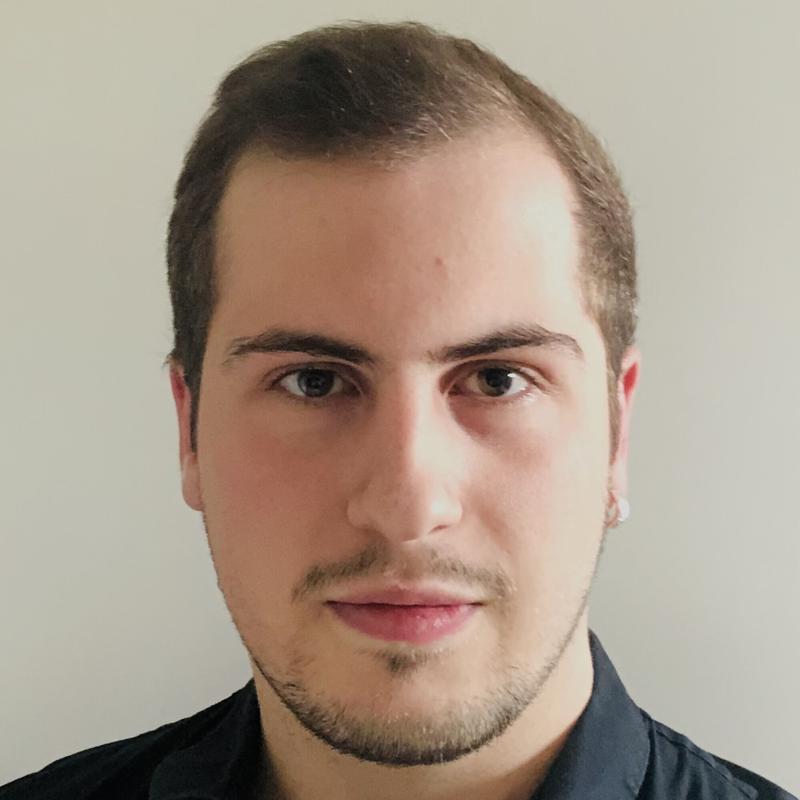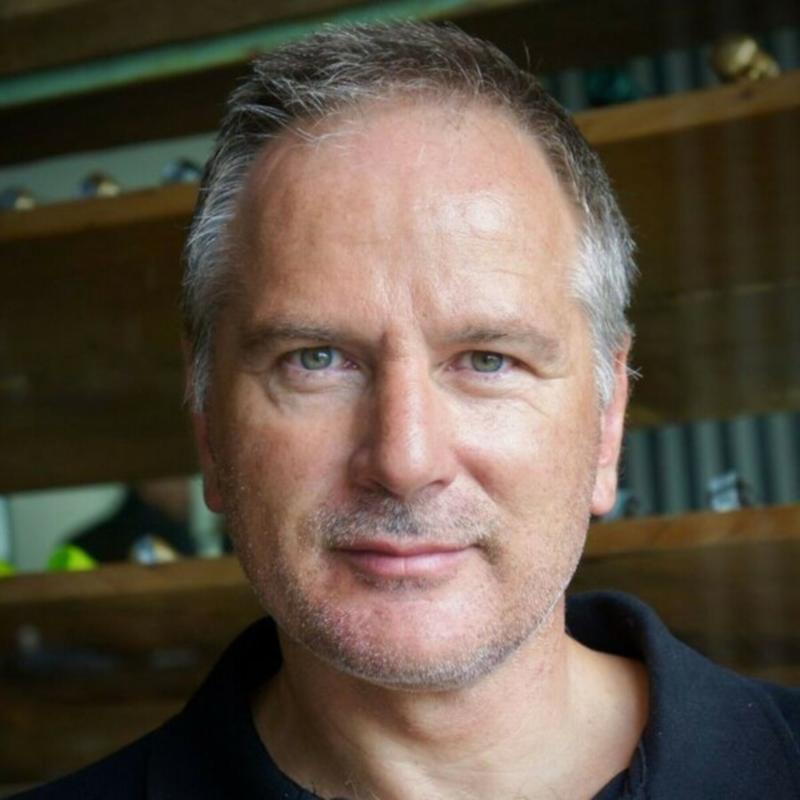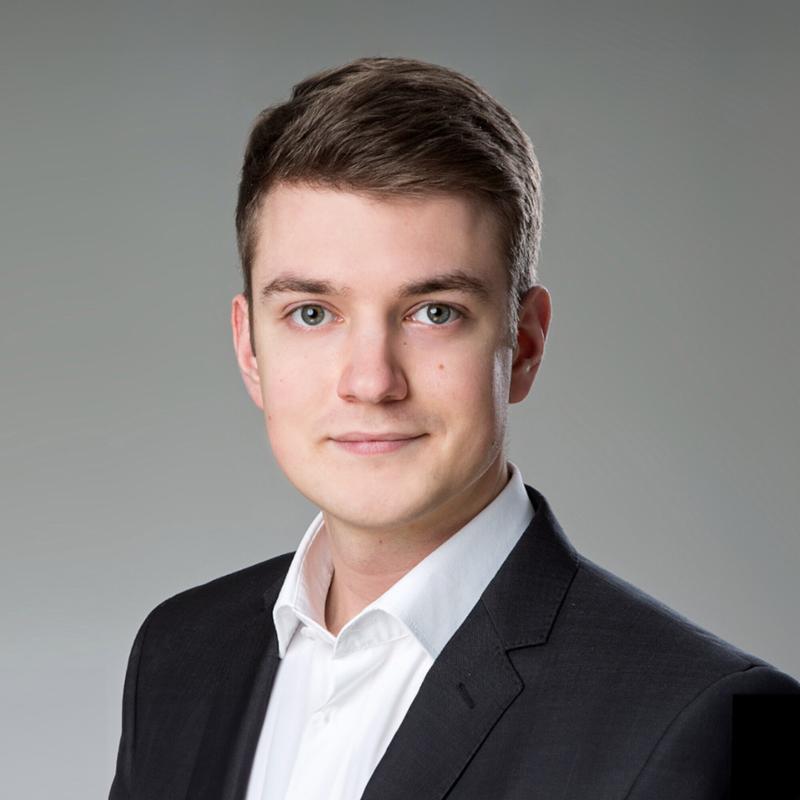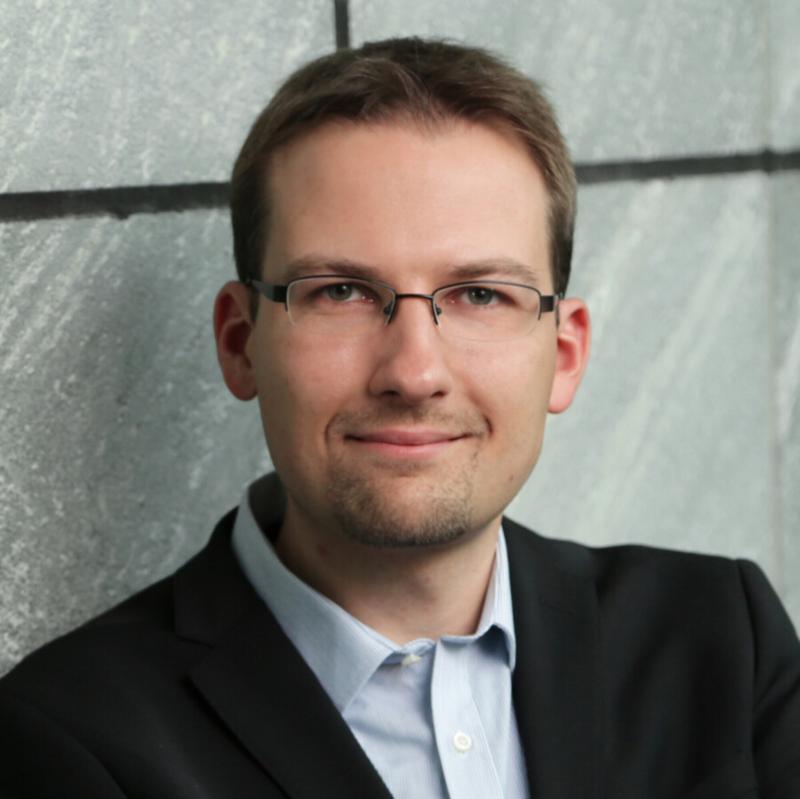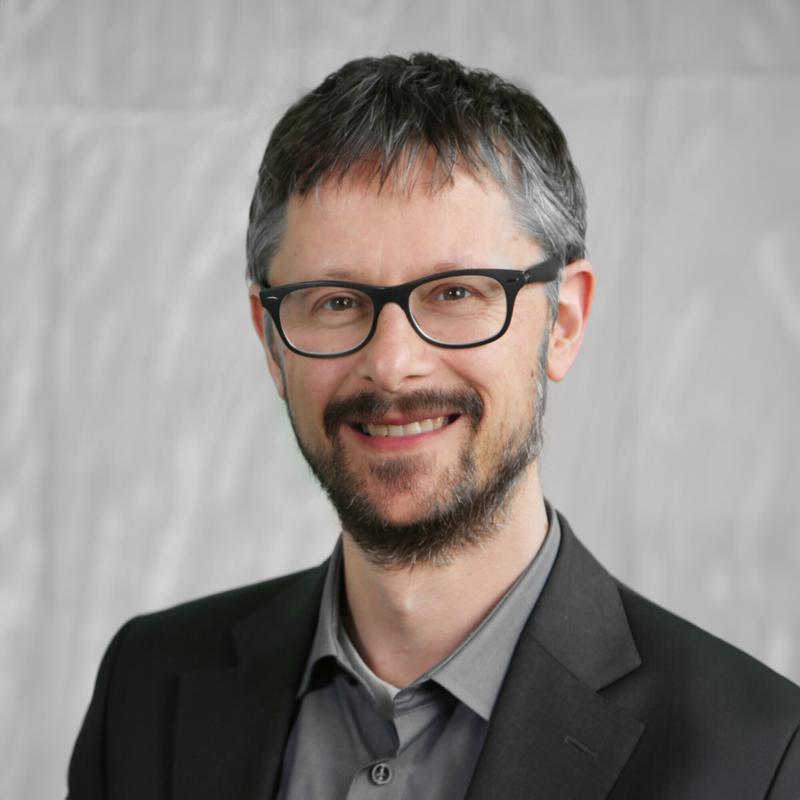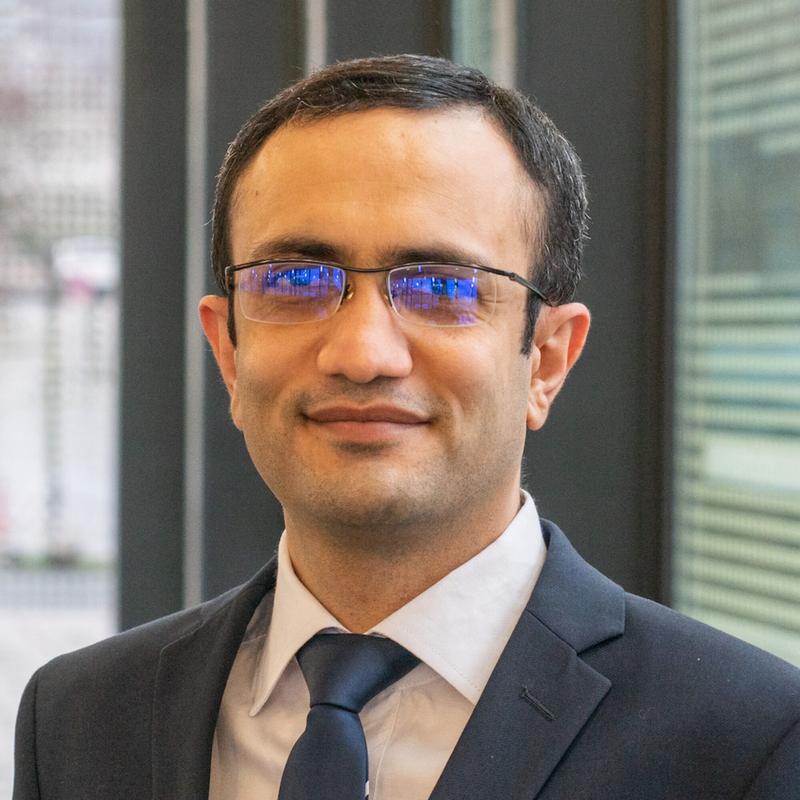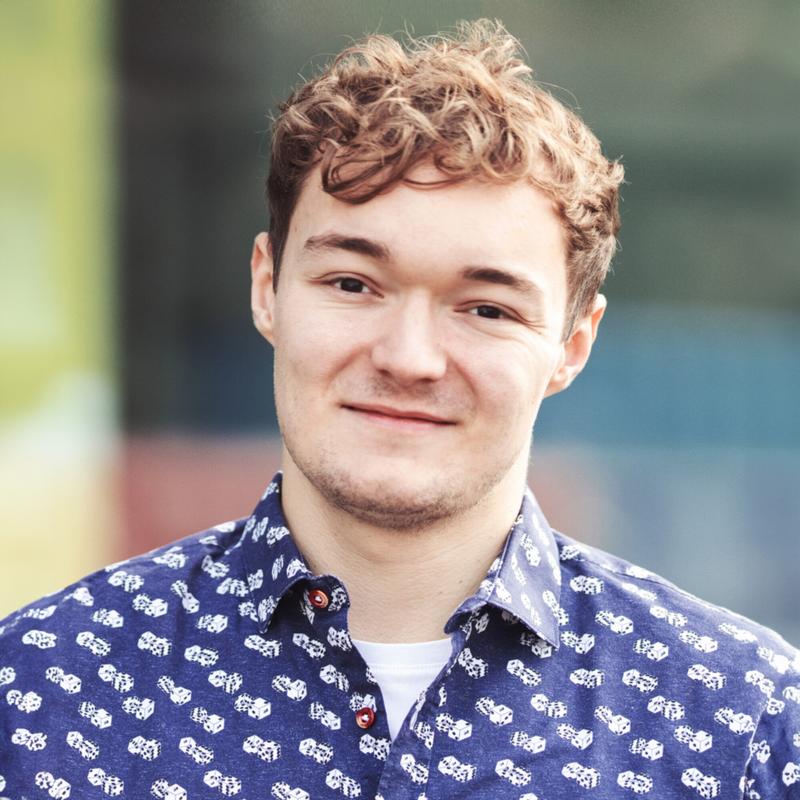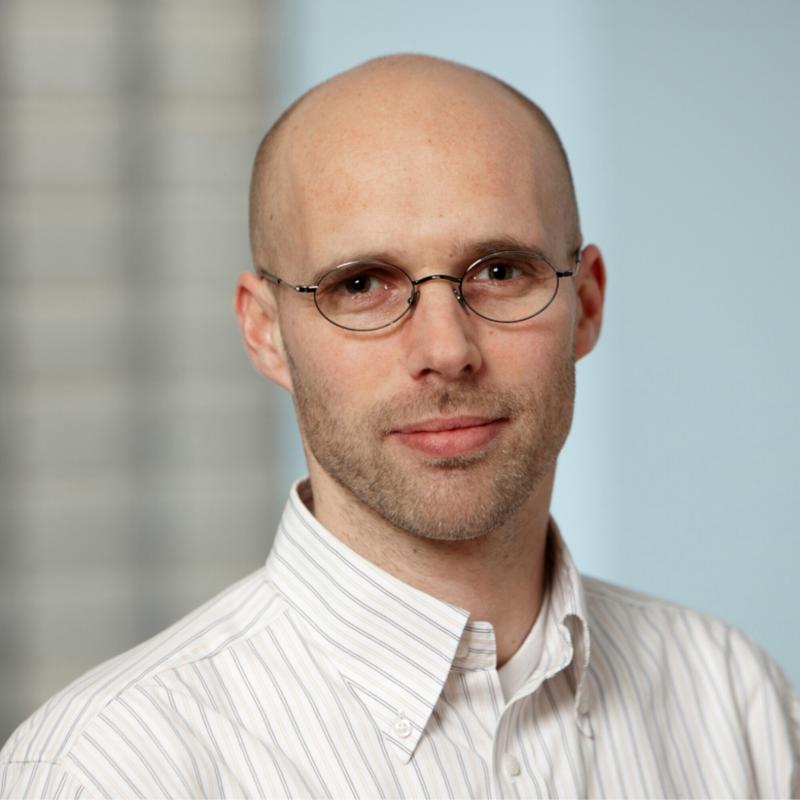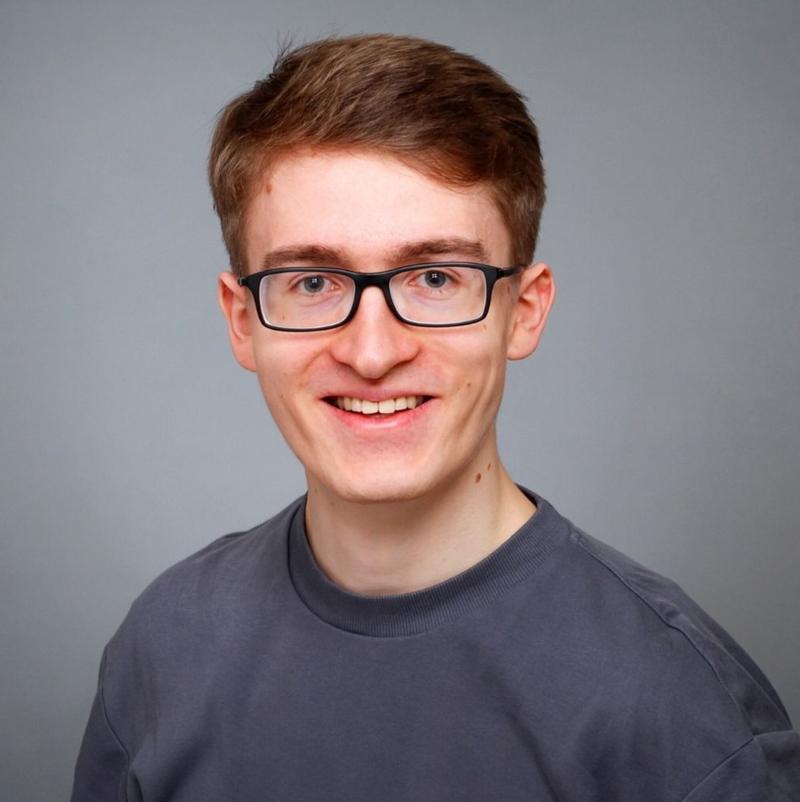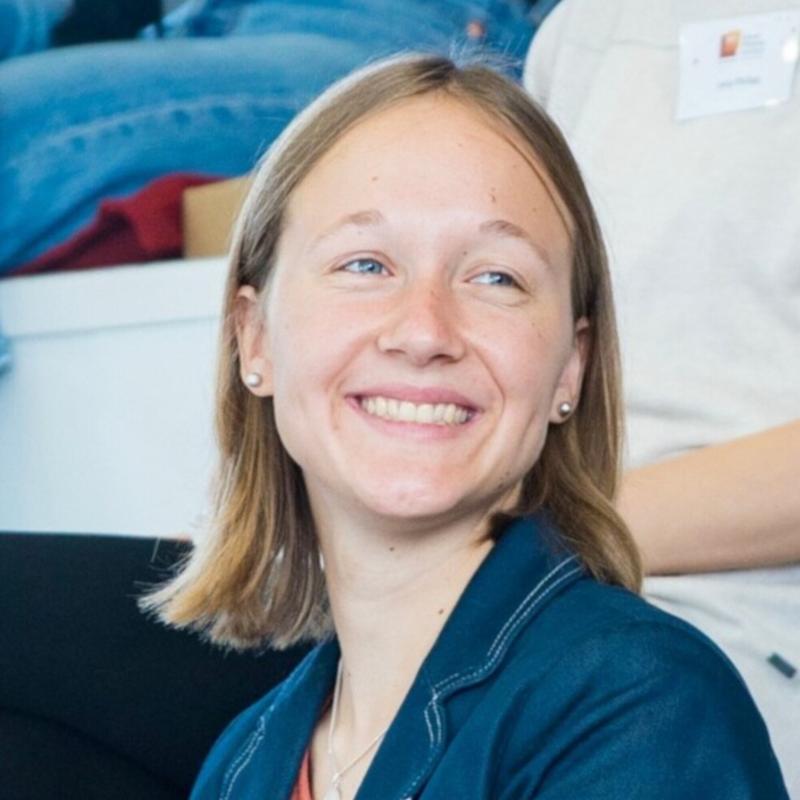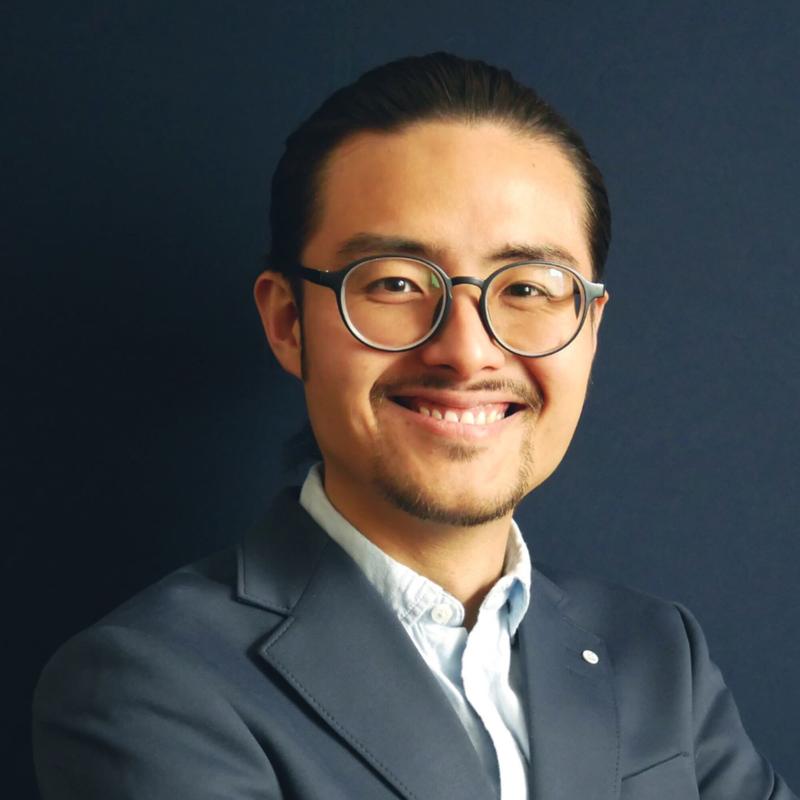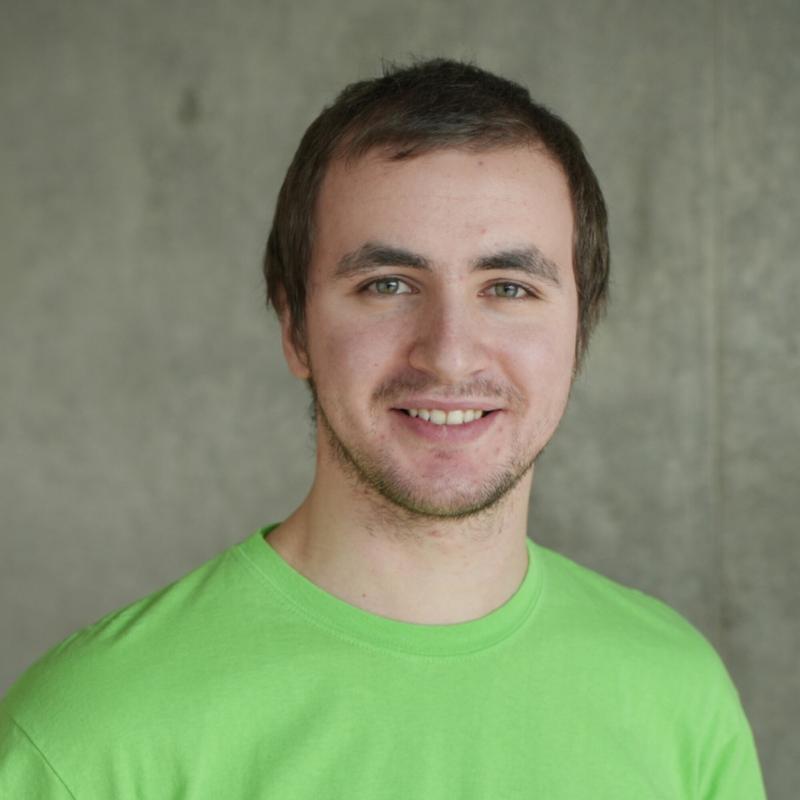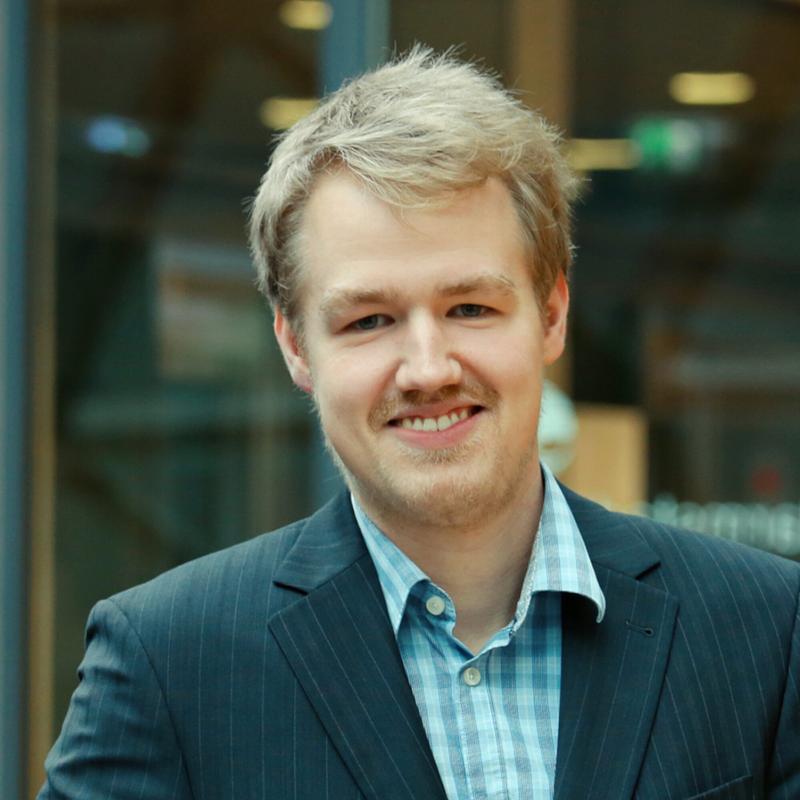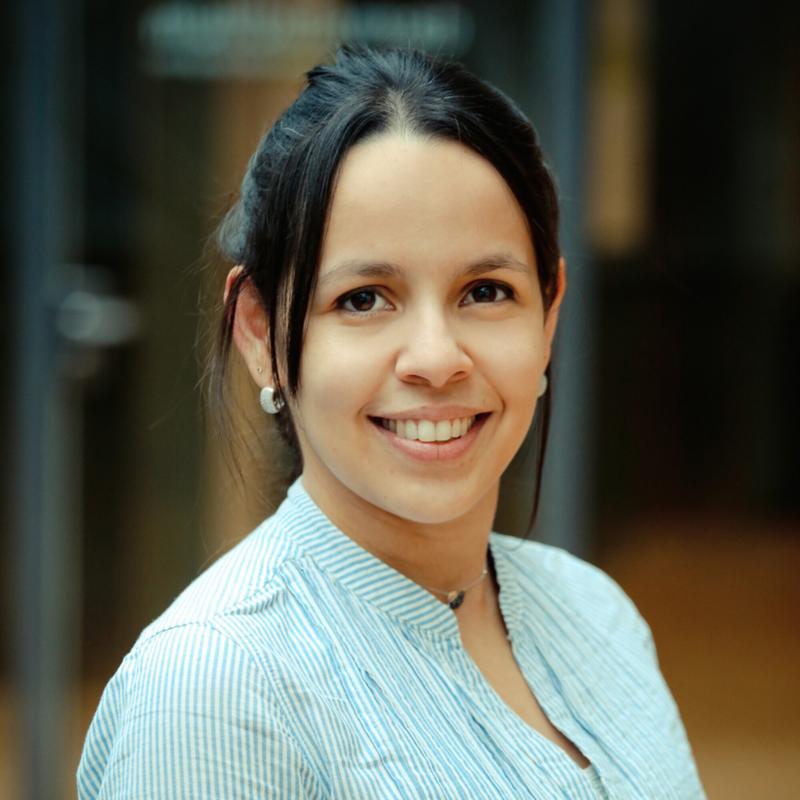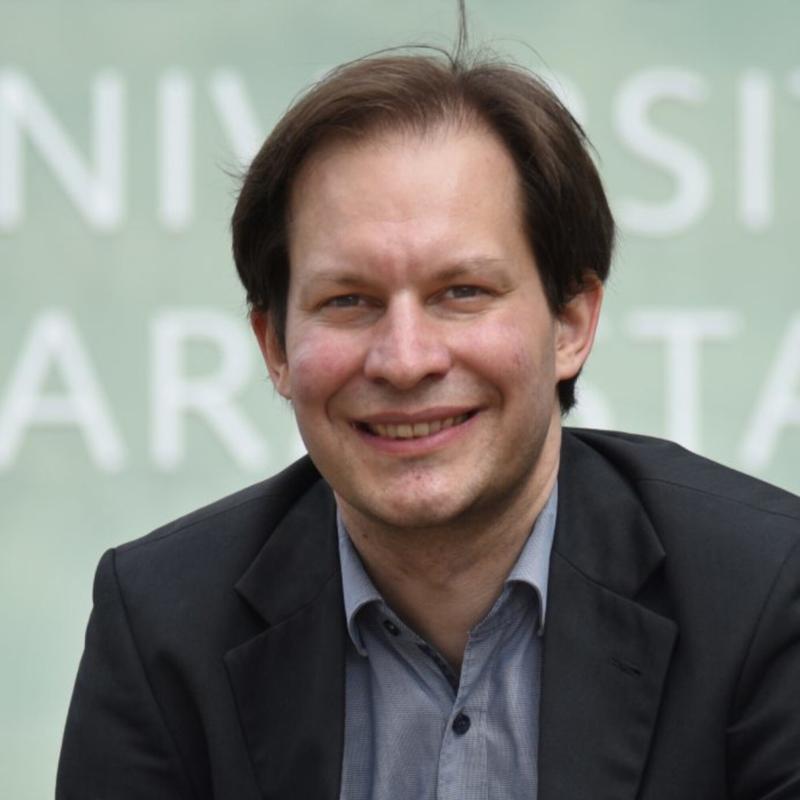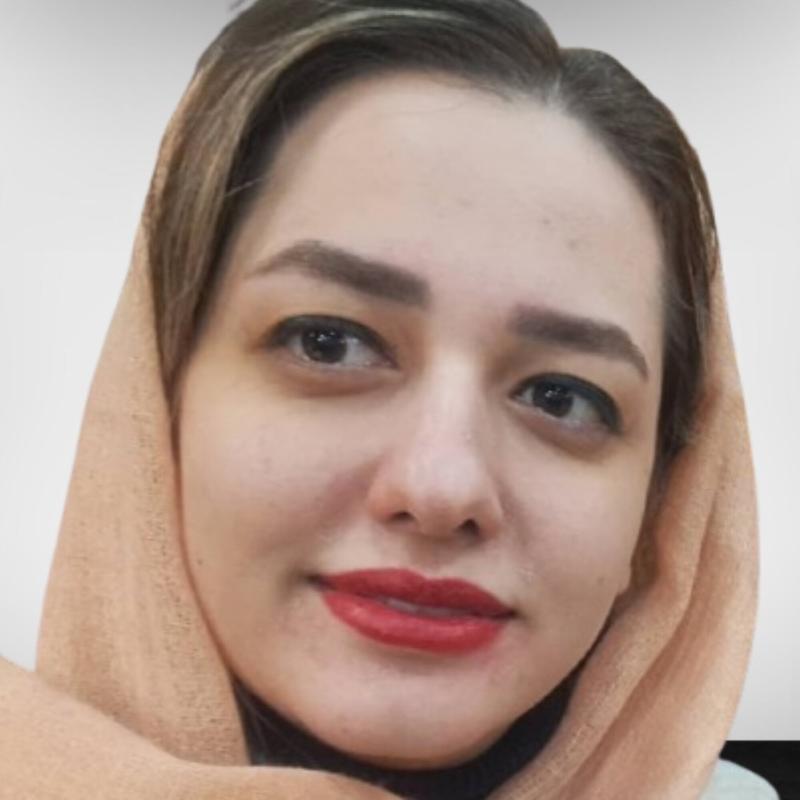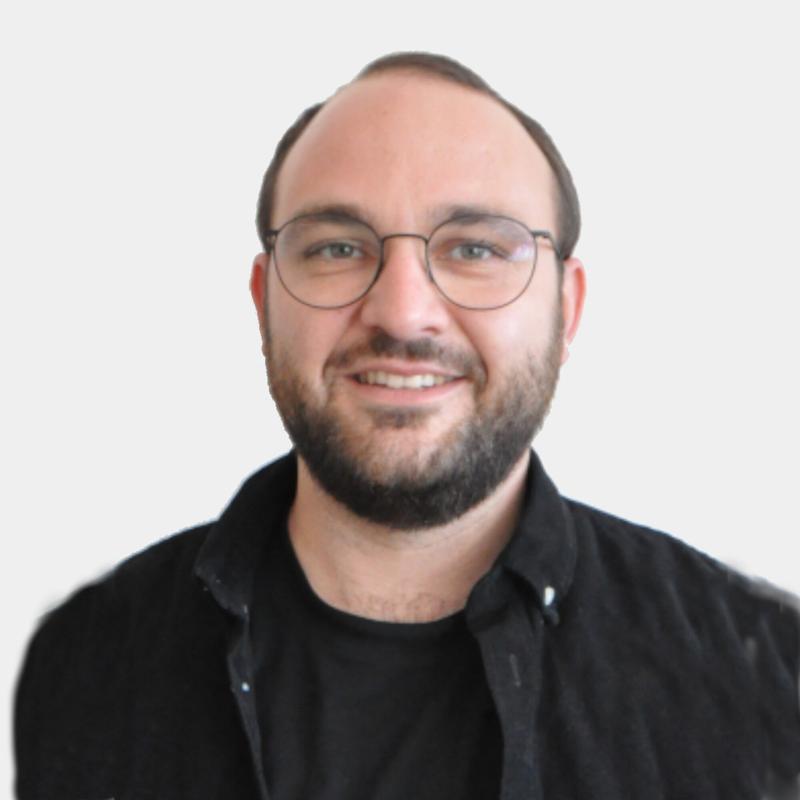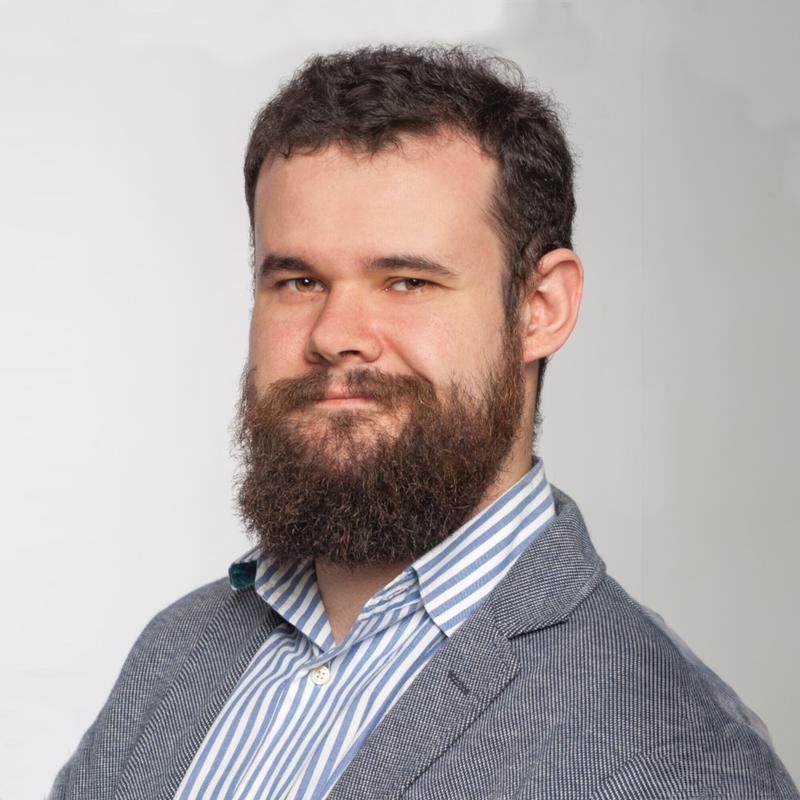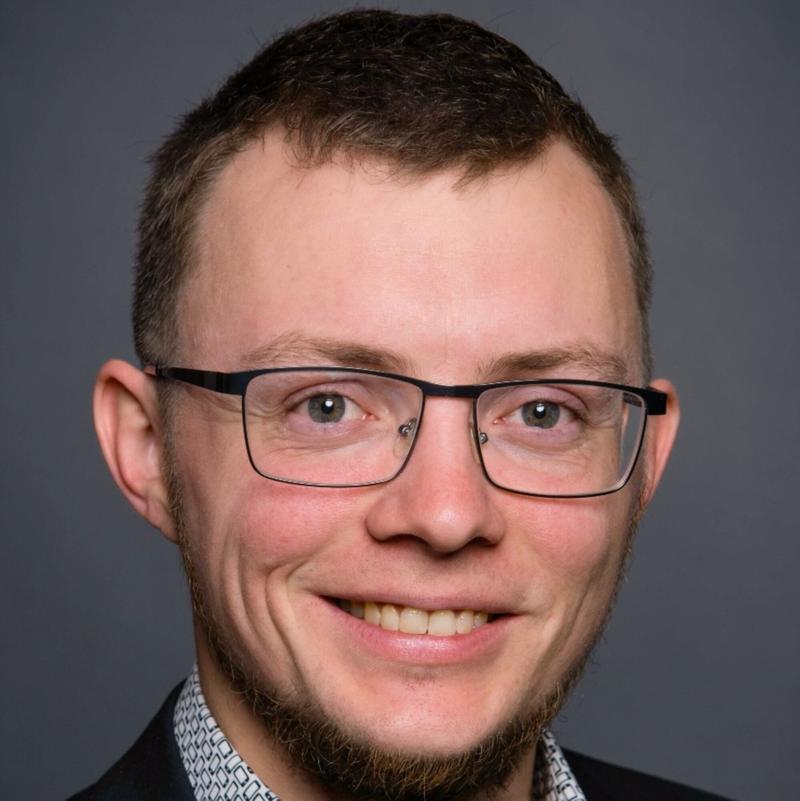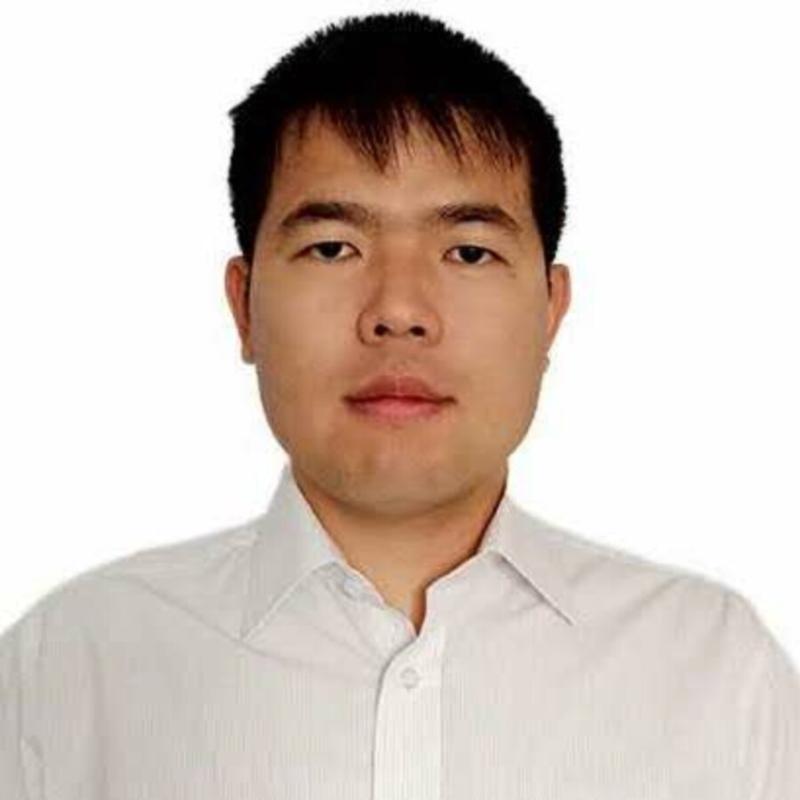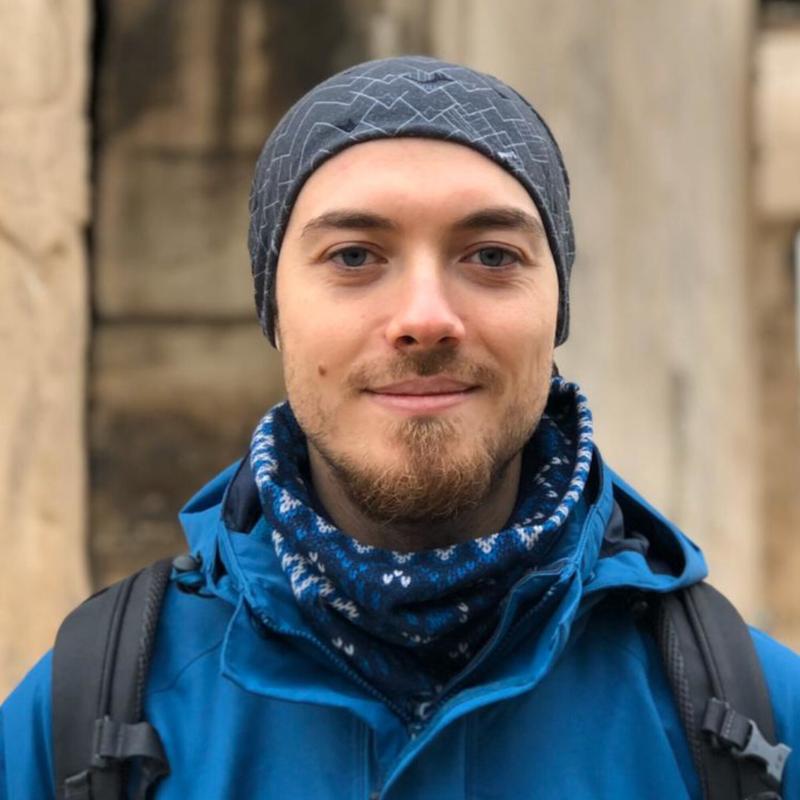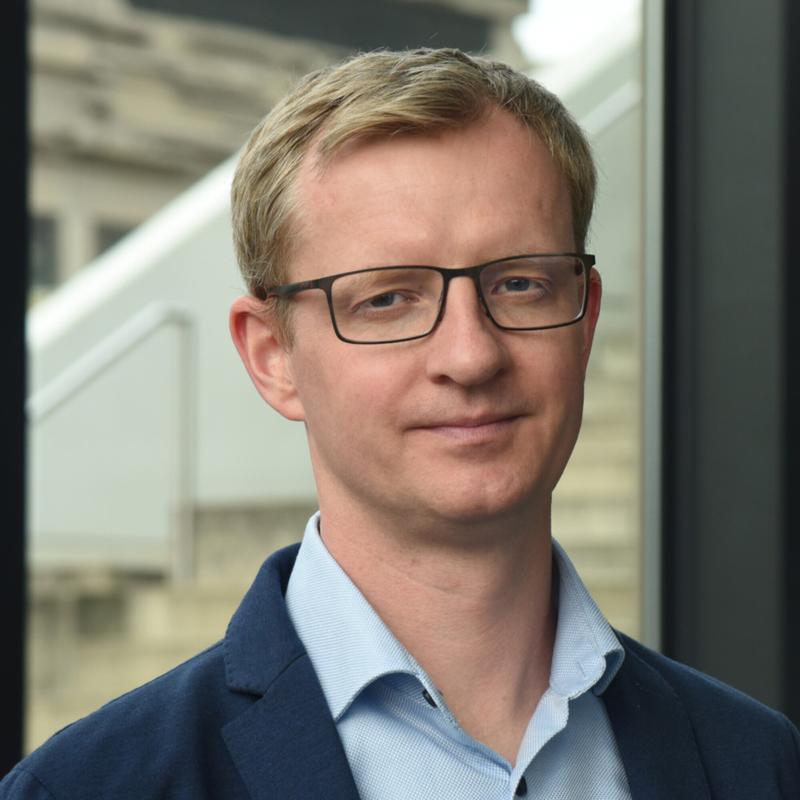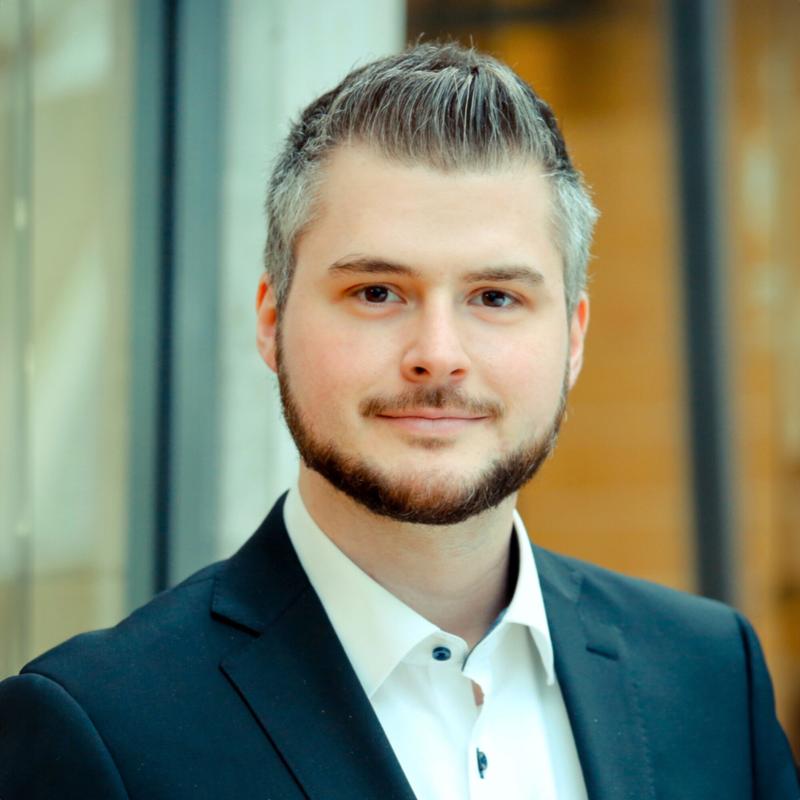Communication (KOM)
Program Area
Within the area of communication (KOM), we focus on the design of communication systems that have inbuild resilience and are responsive to any kind of crisis/disaster. These systems shall be able to self-prepare decentralized and infrastructureless operation prior to the disaster and able to support basic communication services under any circumstances.
Research Question
How to enable end systems and intermediate systems to construct an emergency network and to constantly optimize/adapt it?
Team
Projects
Infectious Networking for Dynamic Emergency Network Formation (KOM1)
This project aims to analyse, design and build robust emergency networks under minimal assumptions from whatever communication devices currently available. During massive infrastructure failures, such networks could act as backup-networks to provide basic communication services. We will model, optimize, design, implement, and evaluate such networks.
Principal Investigators: Bastian Bloessl Anja Klein Björn Scheuermann Ralf Steinmetz Marco Zimmerling
Heterogenous Probabilistic Networking for Situated Networks (KOM2)
In addition to the development and deployment of robust and minimal emergency network configurations for situated networks, this project analyses questions of service provision, dynamic reconfiguration, relevance assessment and prioritization. It aims to optimize network configurations by applying new paradigms such as 'probabilistic forwarding' etc.
Principal Investigators: Oliver Hohlfeld Vahid Jamali Heinz Koeppl
On-Device (in-situ) Processing and Networking and System Functionality Morphing (KOM3)
This project focuses on the role of hardware and firmware in emergency networks and their adaptation for emergency services. The project analyses the programmability of hardware and firmware and develops reactive, proactive, partial and dynamic reconfigurations of the system in software and hardware. The aim is to instantiate new system functionalities that were not part of the original system design ('functionality morphing').
Principal Investigators: Bernd Freisleben Matthias Hollick Marco Zimmerling

